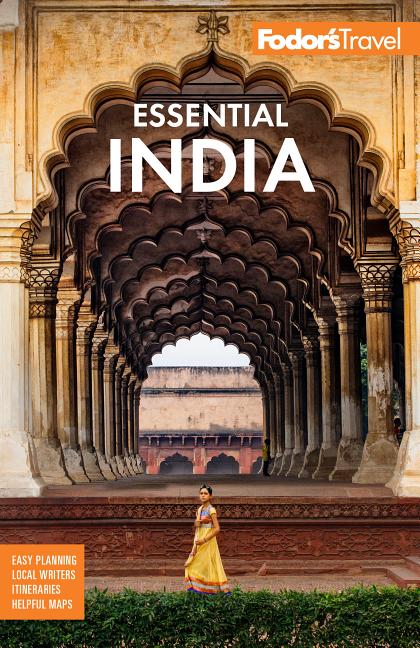The UNESCO World Heritage Site temples of Khajuraho are known for their carved erotic images, but they are also examples of the advanced architectural styles of the Chandela kings. The soaring shikharas (spires) of the temples are meant to resemble the peaks of the Himalayas, the abode of Lord Shiva. The spire of each temple rises higher than the one before it, as in a range of mountains that seems to draw near the heavens. Designed to inspire the viewer toward the highest human potential, these were also the builders' attempts to reach upward, out of the material world, to moksha, the final release from the cycle of rebirth. It's definitely worth a visit here, though getting to Khajuraho is not easy.
This small rural village in the state of Madhya Pradesh was the religious capital of the Chandelas, one of the most powerful Rajput dynasties of Central India, from the 10th to 12th century. They built 85 temples here, 22 of which remain to give a glimpse of a time when Hindu art and devotion reached its apex. When the dynasty eventually succumbed to invaders, Khajuraho's temples lapsed into obscurity until their rediscovery by the British explorer Captain T.S. Burt in 1838.
During the Chandelas' rule, the temples' royal patrons were rich, the land was fertile, and those at the top lived the good life, trooping off to hunts, feasts, and theater, music, and dance performances. This abundance was the perfect climate for creativity, and temple-building emerged as the major form of expression. There were no strict boundaries between the sacred and the profane, no dictates on acceptable deities: Shiva, Vishnu, Brahma, and the Jain saints were all lavishly honored here. Among other things, Khajuraho represents an incredible testament of the strength of human devotion and faith.
Excavations have also uncovered a complex of Buddhist temples. Despite the interest in heaven, the real focus was Earth, particularly the facts of human life. Here, immortalized in stone, virile men and voluptuous women cavort and copulate in the most intimate, erotic, and sometimes bewildering postures. Khajuraho represents the best of Hindu temple sculpture: sinuous, twisting forms, human and divine, pulsing with life, tension, and conflict. But its Buddhist side is more serene.
A number of sculptural motifs run through the temples. Certain gods, for instance, have directional positions: elephant-headed Ganesh faces north; Yama, the god of death, and his mount, a male buffalo, face south. Other sculptures include the apsaras (heavenly maidens), found mainly inside, and the Atlas-like kichakas, who support the ceilings on their shoulders. Many sculptures reflect everyday activities, such as a dance class, and there are sultry nayikas (mortal women) and plenty of mithunas (amorous couples). The scorpion appears as an intriguing theme, running up and down the thighs of many female sculptures as a kind of erotic thermometer.
Of the extant temples, all but two were made from sandstone mined from the banks of the River Ken, 30 km (19 miles) away. The stone blocks were carved separately, then assembled as interlocking pieces. Though each temple is different, all observe precise architectural principles of shape, form, and orientation and contain certain essential elements: a high raised platform, an ardh mandapam (entrance porch), a mandapam (portico), an antrala (vestibule), and a garbha griha (inner sanctum). Some of the larger temples also have a walkway around the inner sanctum, a mahamandapam (hall), and subsidiary shrines at each corner of the platform, making a complete panchayatana (five-shrine complex).
No one knows why erotic sculptures are so important here, though many explanations have been suggested. The female form is often used as an auspicious marker on Hindu gateways and doors, in the form of temple sculptures as well as domestic wall paintings. In the late classical and early medieval periods, this symbol expanded into full-blown erotic art in many places, including the roughly contemporary sun temple at Modhera, in Gujarat, and the slightly later one at Konark, in Odisha. A common folk explanation is that the erotic sculptures protect the temples from lightning; and art historians have pointed out that many of the erotic panels are placed at junctures where some protection or strengthening agent might be structurally necessary. Others say the sculptures reflect the influence of a Tantric cult that believed in reversals of ordinary morality as a religious practice. Still others argue that sex has been used as a metaphor: the carnal and bestial sex generally shown near the bases of the temples represents uncontrolled and baser human appetites. They're metaphors of leaving bodily desires behind, to follow a spiritual path. Conversely, the couples deeply engrossed in each other, oblivious to all else, represent a divine bliss, the closest humans can approach to God.




